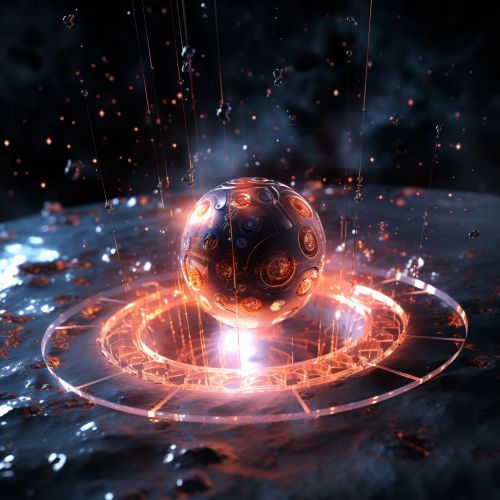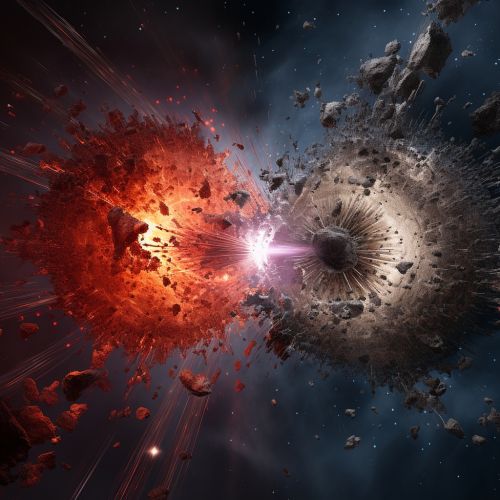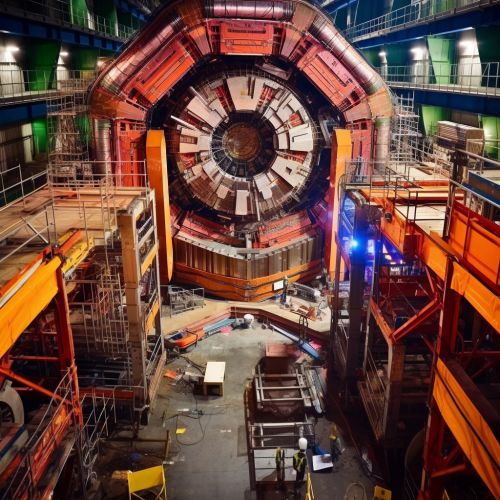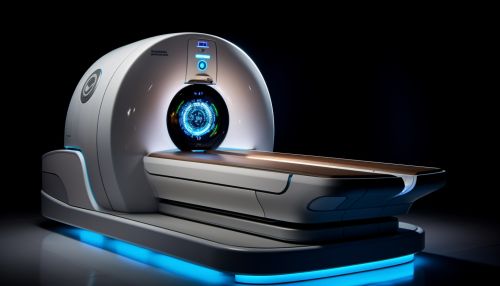The Physics of Antimatter
Introduction
Antimatter, a term that often conjures images of science fiction and futuristic technologies, is a fundamental aspect of our universe's particle physics. It is the mirror image of matter, comprising particles that have the same mass but opposite charge and quantum spin. This article delves into the physics of antimatter, exploring its discovery, properties, and potential applications.


Discovery and Early Research
The concept of antimatter was first proposed in 1928 by British physicist Paul Dirac, who was attempting to reconcile the principles of quantum mechanics with those of special relativity. His equations predicted the existence of particles that matched the properties of known particles but carried opposite charges, leading to the theoretical foundation of antimatter.
The first physical evidence of antimatter came in 1932 with the discovery of the positron, or anti-electron, by American physicist Carl Anderson. His cloud chamber experiments revealed particles with the same mass as electrons but with a positive charge, confirming Dirac's predictions.


Properties of Antimatter
Antimatter particles, known as antiparticles, mirror the properties of their corresponding matter particles, with the primary difference being their charge. For example, the positron is the antiparticle of the electron, and while they share the same mass, the positron carries a positive charge compared to the electron's negative charge.
When a particle and its corresponding antiparticle come into contact, they annihilate each other, releasing energy in the process. This annihilation produces gamma rays, neutrinos, and sometimes other particle-antiparticle pairs. The energy produced is given by Einstein's famous equation E=mc^2, where m is the combined mass of the particle and antiparticle, and c is the speed of light.


Antimatter in the Universe
The Big Bang theory suggests that the universe began as a hot, dense state where matter and antimatter were created in equal amounts. However, our observable universe is dominated by matter, a discrepancy known as the baryon asymmetry problem. Several theories have been proposed to explain this imbalance, including the possibility of CP violation, a violation of the combined conservation laws of charge conjugation and parity symmetry.
Antimatter is not readily observed in the universe, but it is believed to exist in regions of intense energy such as active galactic nuclei and pulsars. It is also produced in high-energy cosmic ray collisions and in some radioactive decay processes.


Production and Storage of Antimatter
Producing antimatter is a challenging and energy-intensive process. Antiparticles are produced in high-energy collisions, such as those in particle accelerators. The world's largest particle accelerator, the Large Hadron Collider (LHC) at CERN, can produce about a billion antiprotons per minute.
Storing antimatter is another significant challenge due to the annihilation process. Antimatter must be stored in a vacuum and suspended using magnetic fields to prevent contact with matter. Current storage methods can only contain antimatter for a short period, limiting its practical applications.


Potential Applications of Antimatter
Despite the challenges, the potential applications of antimatter are vast, particularly in the field of energy production. The annihilation of matter and antimatter releases a tremendous amount of energy, making it a potentially powerful energy source. However, the current production and storage capabilities make this application currently unfeasible.
Antimatter also has potential applications in medical imaging and treatment. Positron Emission Tomography (PET) scans are a common medical procedure that uses positrons to create detailed images of the body.


